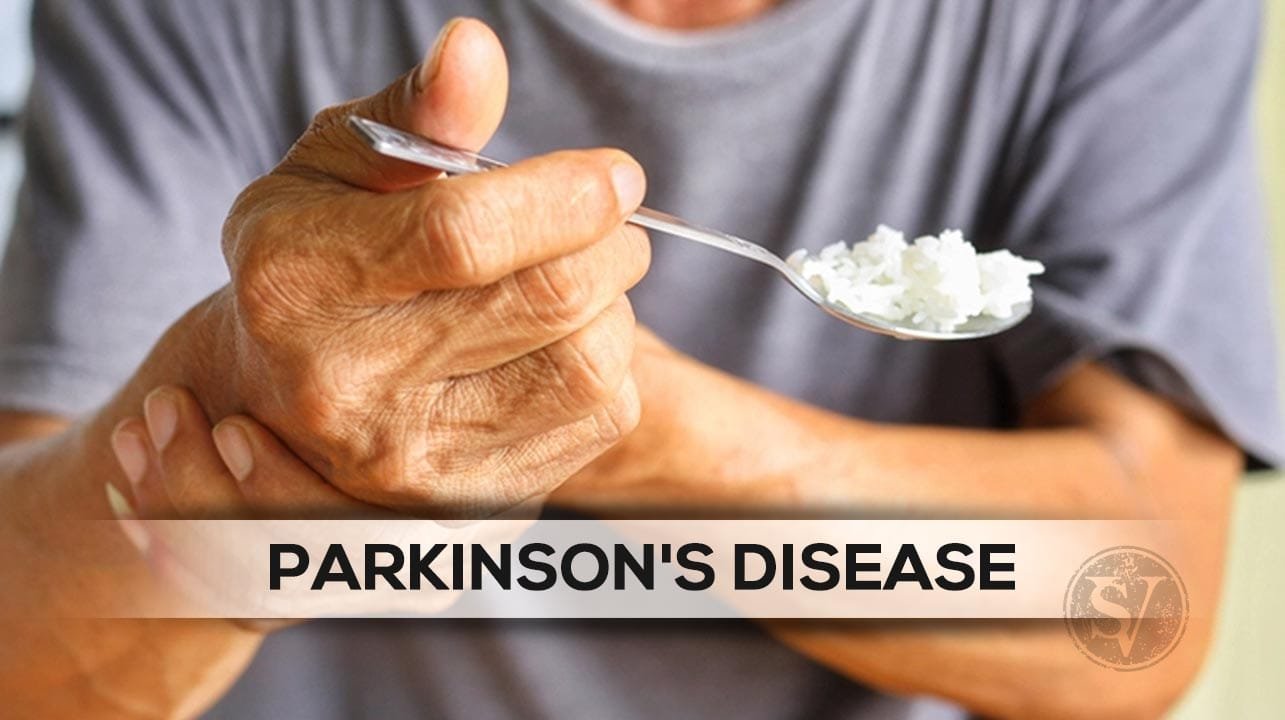Parkinson’s disease is a movement disorder that affects the nervous system. Its symptoms occur because of low dopamine levels in the brain. The symptoms of Parkinson’s disease develop gradually. They often start with a slight tremor in one hand and a feeling of stiffness in the body. Over time, other symptoms develop, and some people can experience dementia.
Signs of Parkinson’s disease
- Movement changes, such as tremors
- Coordination and balance impairments that can cause a person to drop things or fall over
- A loss of sense of smell
- Gait changes, so a person leans forward slightly or shuffles when walking
- Fixed facial expressions due to changes in the nerves that control face muscles
- A voice tremor or softer voice
- More cramped and smaller handwriting
- Sleep problems resulting from restless legs and other factors
- Rapid eye movement sleep disorder may be a powerful predictor
- Mood changes, including depression
- Difficulty chewing and swallowing
- Fatigue
- Constipation
- Skin problems
- Dementia, delusions, and hallucinations that can develop in time
Risk factors
Several environmental factors may increase the risk of developing Parkinson’s disease.
- Past traumatic brain injury trusted source- Head injuries from contact sports, for example, may increase the risk of the condition.
- Toxin exposure: Such as pesticides, solvents, metals, and other pollutants.
- Gender: Males are 50% more likely to develop the condition than females, which suggests the risk for females may increase with age.
- Age: The condition often appears from the age of 60 years.
- Some drugs and medications: Certain medicines can lead to Parkinsonism, where a person has tremors and other symptoms but does not have Parkinson’s disease.
Prevention
It is not possible to prevent Parkinson’s disease, but some lifelong habits may help reduce the risk.
- Avoiding the unnecessary use of pesticides and herbicides
- Using alternatives to products containing known toxins
- Taking precautions, such as wearing protective clothing, when it is not possible to avoid them
- Wearing protective headgear during contact sports
- Wearing a helmet when cycling or motorcycling
- Using a safety belt when traveling by car
- Seeking medical attention for concussion and avoiding future risks until a doctor says it is safe to do so
- Regular physical exercise may help prevent or treat Parkinson’s disease
- Antioxidants may lower the risk of developing Parkinson’s disease. Berries, apples, some vegetables, tea, and red grapes contain flavonoids
Also read: How do Alzheimer’s Patients Feel?
